One idea I had when I started this website almost ten years ago was that I wanted to make science simple and accessible. I hope I have created a place where questions on anything from barnacles to whales can be answered in a knowledgeable no-nonsense or overly jargon tone. My secondary goal has also been to create awareness about ocean-related issues which would lead into actions. Maybe you like watching movies and visiting the shore and understand that there is concern for the ecosystem.
What I have now for the month of November is a series of posts on quick and useful actions you can take in the kitchen, bath, laundry, garage, during the holidays, and around your community to change behaviors and lessen your impact. Each one features products that are tried, true, and tested but I am not being paid. Please read, share, and feel free to comment if you have other strategies.
Next week is Black Friday! I am excited to value the extra time with family by opting outside. Maybe we’ll take a day trip to Wisconsin (please share ideas!). I do always like to do my shopping local at Small Business Saturday. It helps to reduce marine debris by cutting down on packaging from online shipping, etc. However, it’s tough because that means I need to plan ahead. I decided this year to settle in and think ahead of ways that I could lessen my impact on Mother Earth so I can just focus on my guilt of indulgence for my aunt’s fudge (… it’s insane).
- Be creative in your wrapping and consider using funny pages, old calendars, or magazines (good for smaller items). If you feel like getting fancy here’s the most beautiful paper in the world for any scientist, naturalist, or teacher. Reusable bags are also a great option. Forget the ribbon all together.

- Make your own gifts. Books of tickets are great. Check out this amazingly helpful Etsy shop – Schnickle Tickets – for an easy, easy, easy way to get a cute custom book of up to 14 tickets with a sweet cover with your child’s photo. They’ve got enough toys! There are lots of other options besides Etsy for unique gifts (iCraft has a lot of options for ocean lover gifts!). Memberships to zoos, nature centers, and aquariums are also worth it!

- Put the money aside for a family trip together. There are even places that will give you a discount if you help out and clean up the shoreline.Has anyone ever been to check out Little St. Simon’s Island?
- Decorate with items that you find at second-hand shops.
- Think about the tree. Tree farms are fairly toxic and use at least forty different types of pesticides. A live tree can’t be cared for past a week of being indoors so make sure you probably dispose/donate it. If you go with a plastic tree you’ll only tap the petroleum supply once. There is no good answer here. What are your thoughts? Comment below!
All of the Action Project Ideas:
- In the Kitchen
- In the Bath & Laundry
- In the Garden & Garage
- During the Holidays
- Around the Community
If you’re already a regular subscriber – thank you! If not, please take the time to add your email address to the subscribe option at the top of the right hand column. Don’t forget to follow on Twitter, Instagram, or Facebook.
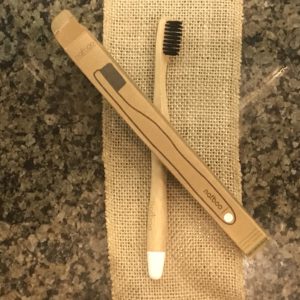 I had when I started this website almost ten years ago was that I wanted to make science simple and accessible. I hope I have created a place where questions on anything from
I had when I started this website almost ten years ago was that I wanted to make science simple and accessible. I hope I have created a place where questions on anything from 






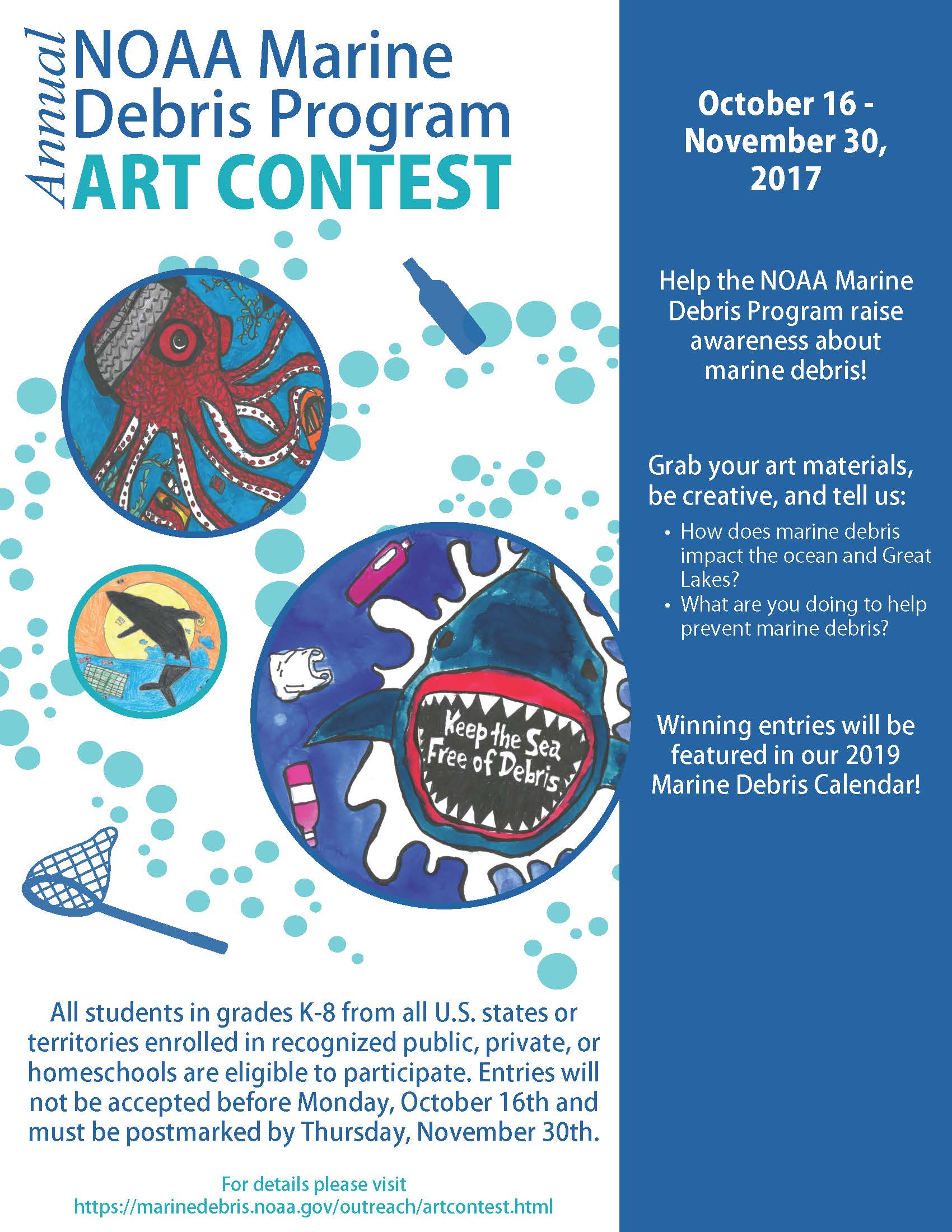
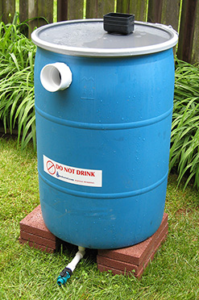
 My mom is coming next week so it’s time to get serious with the floors. This stuff is magic on hardwoods and even helped get rid of some scuffs from the move (when I switched furniture six or seven times) and my dog’s paw prints. The company is based in Missouri and founded by some folks that realized floors should be clean once they had kids. They’re so right. Even though my kids aren’t crawling I’m less miserable playing on the floor with them. Join their mailing list for good deals. It’s so worth it.
My mom is coming next week so it’s time to get serious with the floors. This stuff is magic on hardwoods and even helped get rid of some scuffs from the move (when I switched furniture six or seven times) and my dog’s paw prints. The company is based in Missouri and founded by some folks that realized floors should be clean once they had kids. They’re so right. Even though my kids aren’t crawling I’m less miserable playing on the floor with them. Join their mailing list for good deals. It’s so worth it.
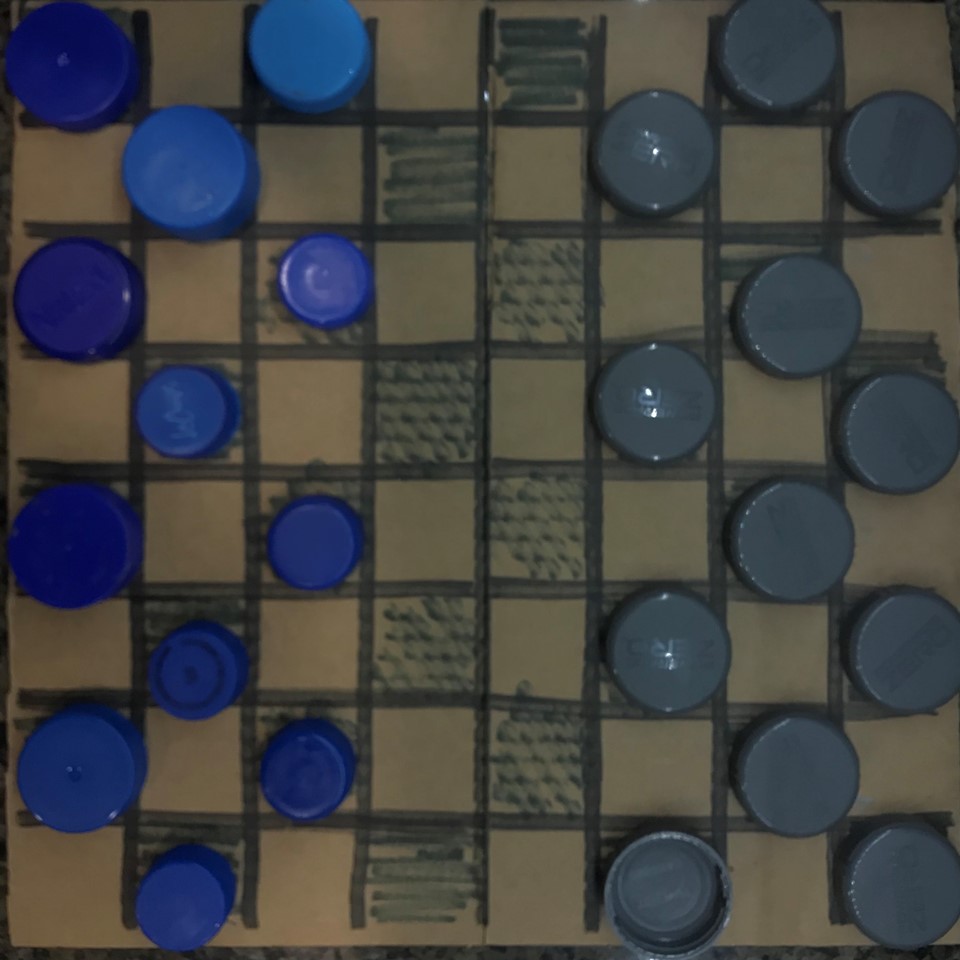
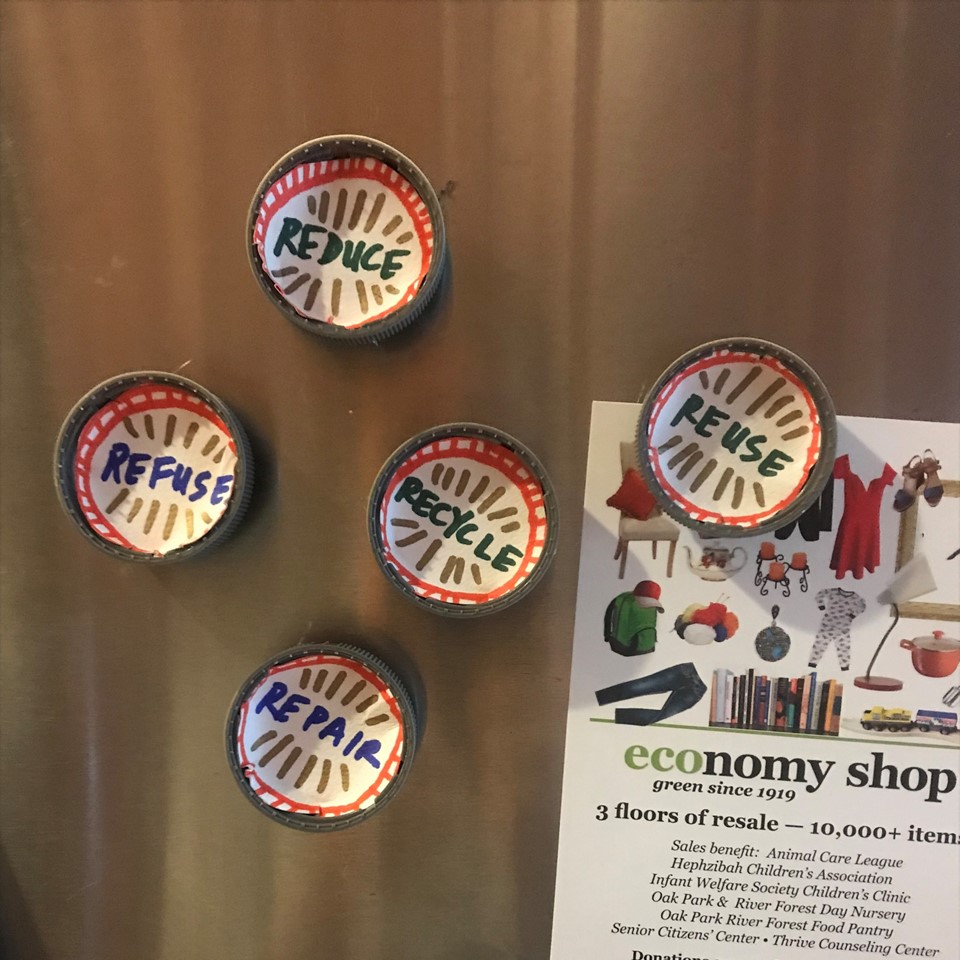
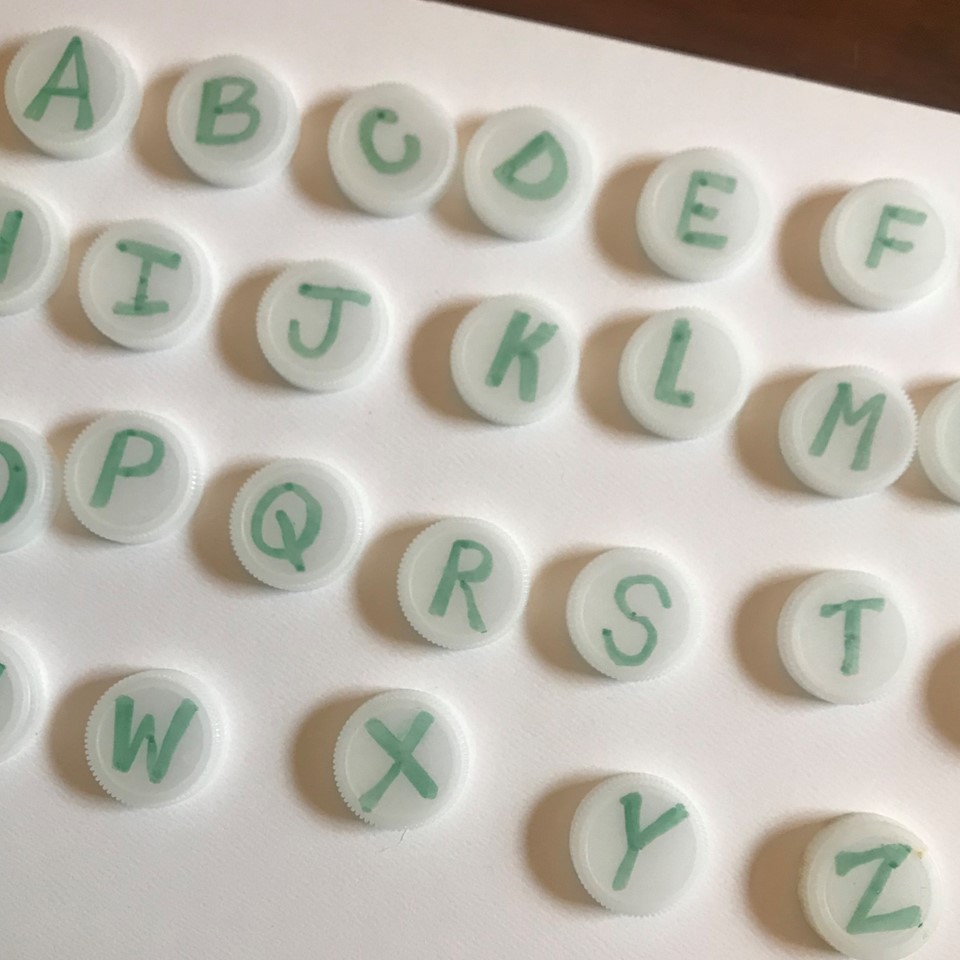
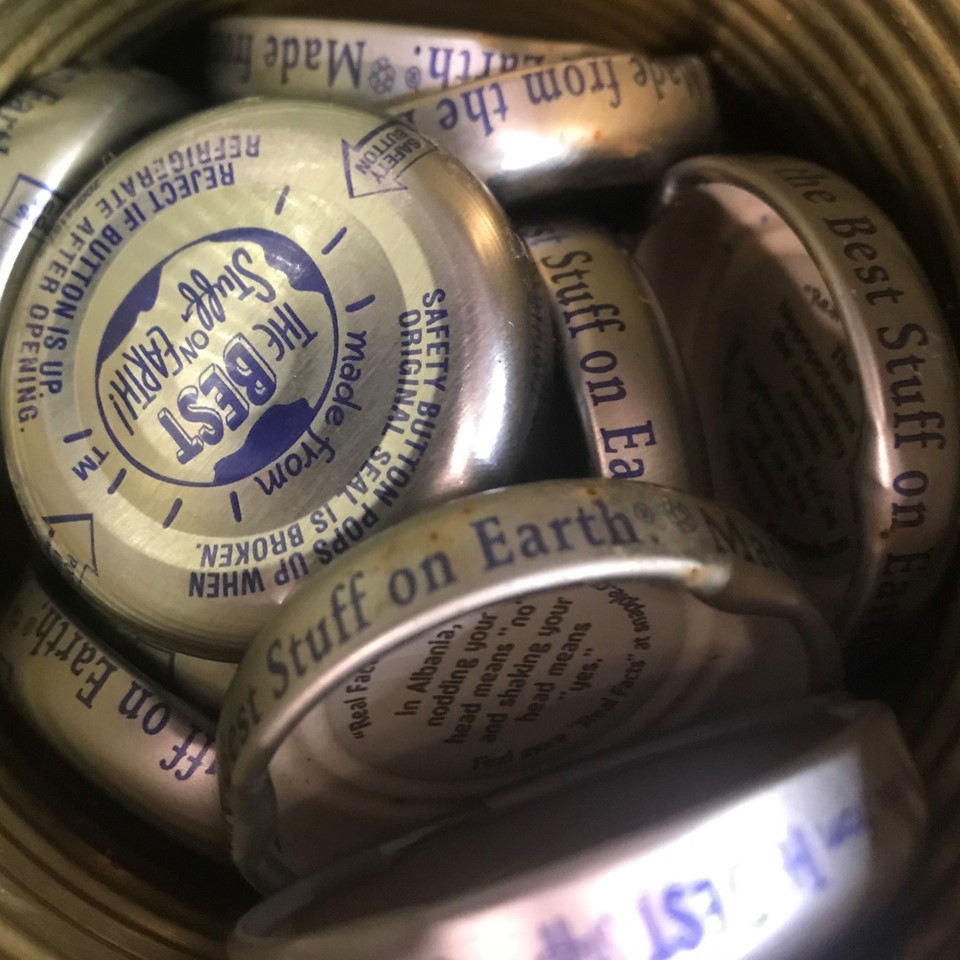
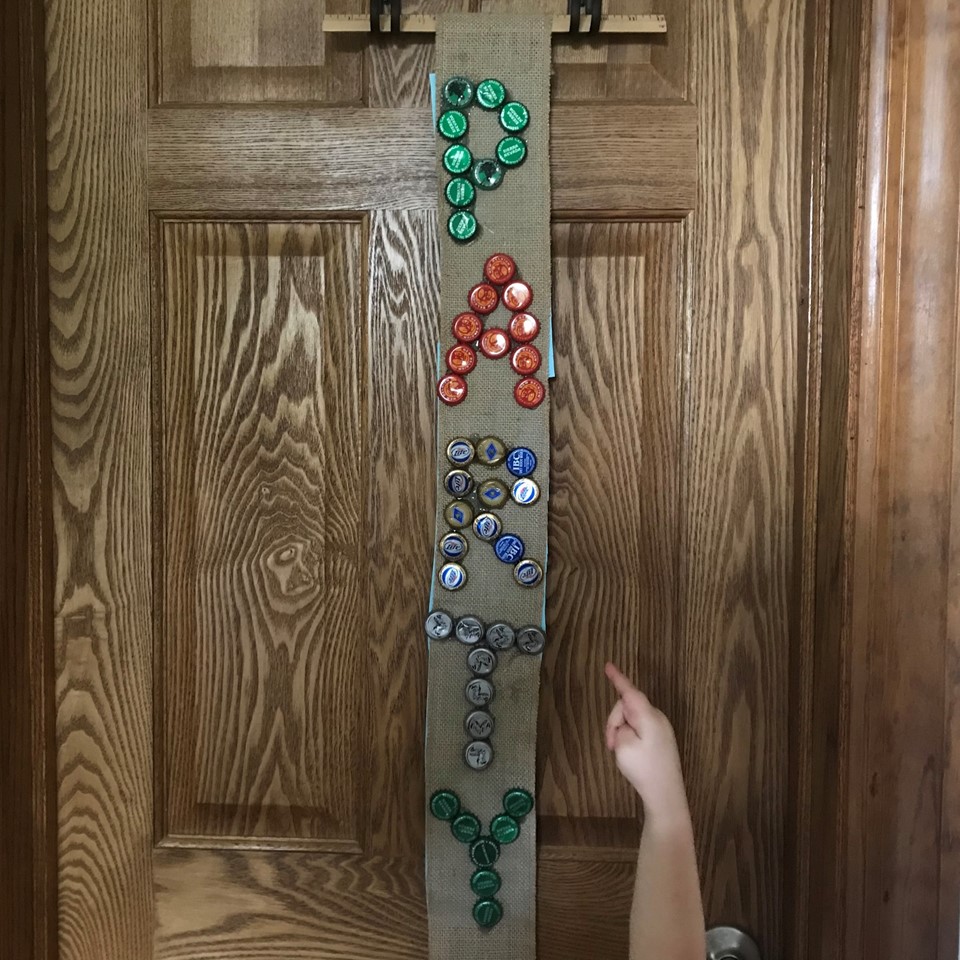
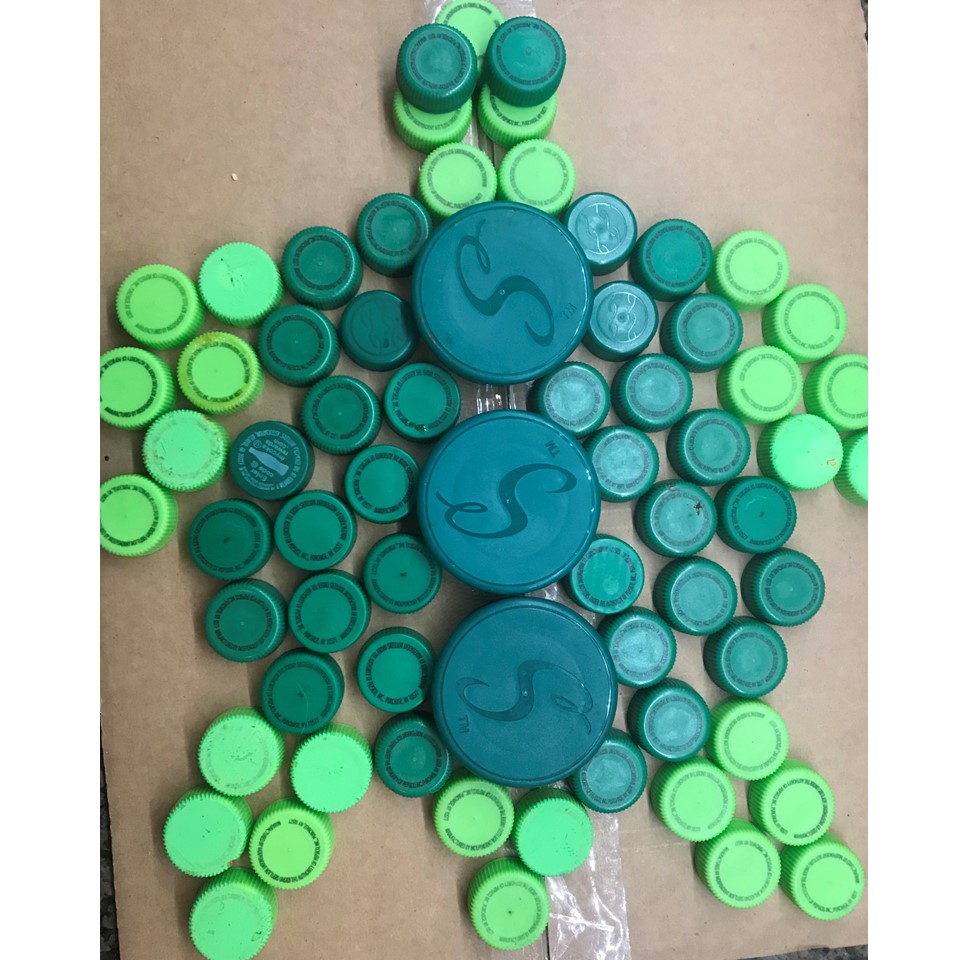
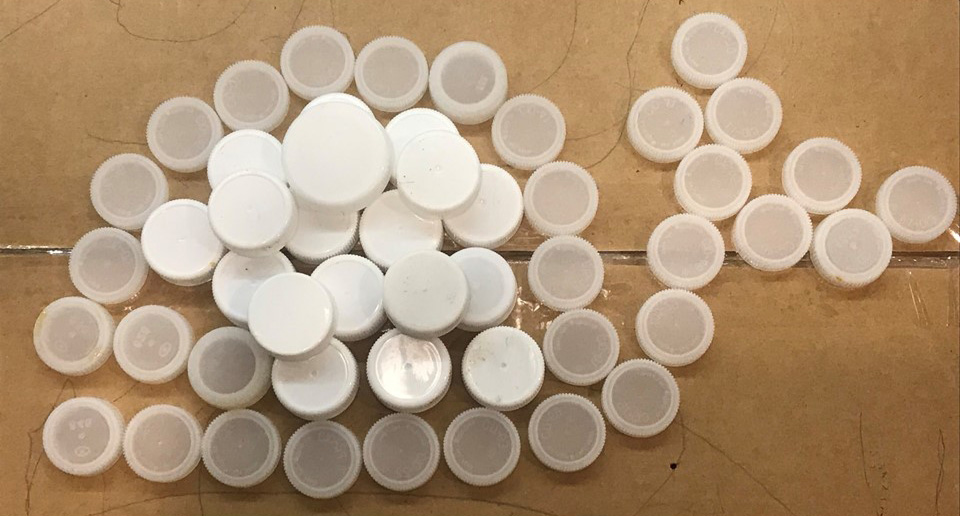










What people are saying …